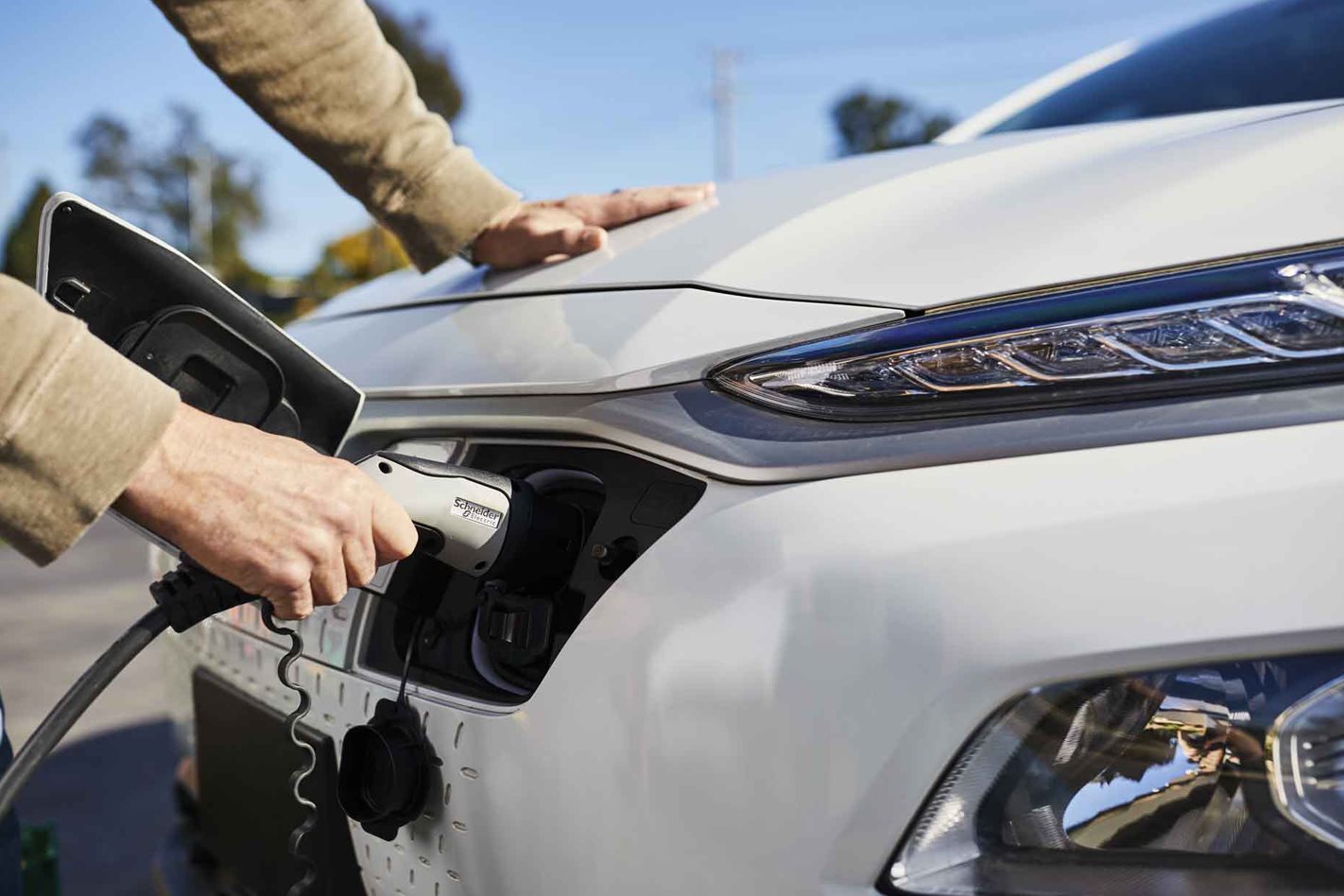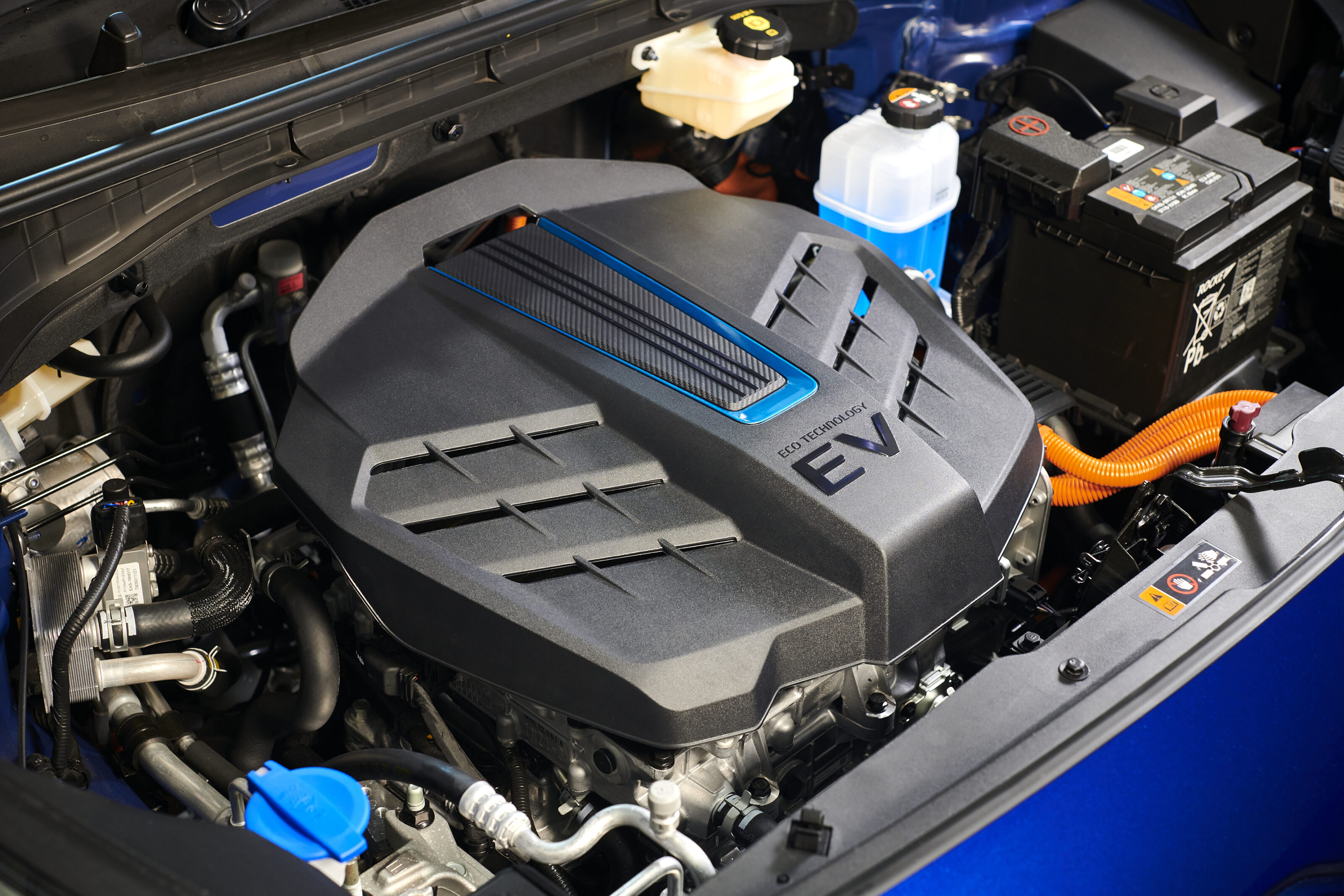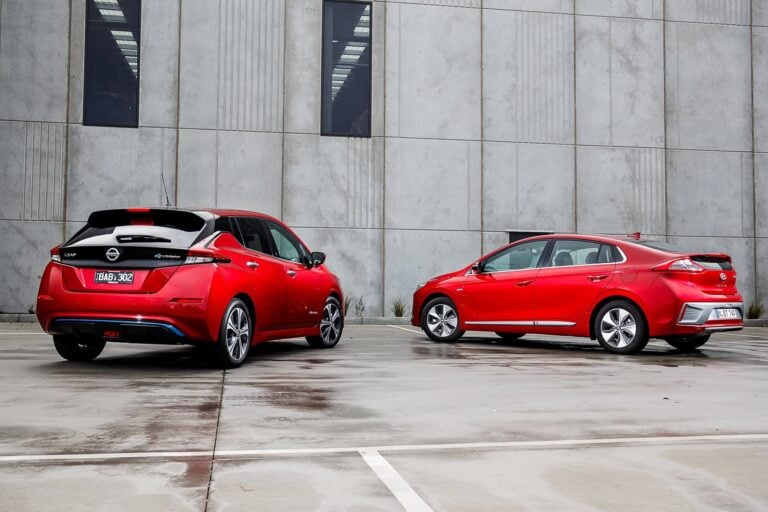
Snapshot
- New tax will be effective from July 1
- EV owners will be taxed 2.5 cents per kilometre
- Runs alongside $3000 incentive on EV purchases
The Victorian Labor government on Tuesday night passed its controversial new electric vehicle tax. The tax is described as a necessary first step towards a broader user-pays approach to road usage – the government reasoning that EV drivers do not pay the fuel excise and should therefore “pay their fair share.”
The Andrews government further complicated the situation between the time it announced and subsequently passed the EV tax policy, by announcing an EV incentive policy.
The EV road tax – decried by EV enthusiasts, various lobby groups and policy experts – places a price on EV road usage at 2.5c per kilometre. A separate tax of 2c per km applies to plug-in hybrid electric vehicles (PHEV).
The Andrews government says the tax is fair because EV drivers don’t pay the fuel excise – 42.7c per litre – paid by drivers of conventional vehicles.
The kicker here is that the fuel excise is a federal tax and therefore totally unconnected with state policy makers in Spring Street (or Macquarie Street or any other state capital’s streets). The fuel excise, based on where the fuel is purchased, is passed on to state governments as part of a deal dating back to the introduction of the GST.
The 2.5c per kilometre tax will rely on the EV user supplying odometer readings via a digital photo uploaded as part of the registration process – which sounds shaky to say the least.
According to various government and cross-bench figures in the Victorian Parliament, the tax must be implemented now (more accurately, July 1, 2021), because it would be “too hard” to implement in future.
Opponents of the tax argue an immediate implementation is partly down to political expediency. The tiny proportion of the state’s EV owners aren’t going to be able to overthrow the crushing majority the Victorian Labor government currently enjoys in the lower house.

After a visceral response from the Victorian public to the original announcement – and a very tepid response from other State premiers and transport ministers – a few weeks of wrangling ensued and the Victorian government revealed an EV policy intended to encourage uptake.
This policy includes an incentive of up to $3000 to buy an electric vehicle or hydrogen-electric vehicle. The incentive scheme will cover 4000 cars this year and eventually 20,000 EV sales in Victoria over the next three years. This number is unlikely to be surpassed anytime soon, even if the Victorian Government delivers on its policy to up to $10 million worth of EVs.
The incentive is limited to EVs priced under $68,740 – which severely restricts the number of cars to which it applies. It does, at least, head off criticism that handing $3000 to buyers of more expensive EVs is subsidising luxury car purchases for the wealthy.
When paid in full, the incentive will also cancel out the already marginal benefit to the state budget of 2.5c per kilometre for 120,000km of use, or nearly eight years of the average Australian’s annual pre-COVID mileage.
Plug-in hybrid (PHEV) buyers should perhaps feel more aggrieved than full EV owners. Despite these vehicles having a much lower electric-only range (typically 35-50km), the tax on these vehicles amounts to 2c per kilometre, just 20 percent less than the EV tax. The government seems to be operating under the assumption that PHEV owners operate their cars religiously as EVs and rarely use the ICE component of the vehicle.

There is no distinction made by the government between mileage on Victorian roads and mileage on other states’ infrastructure.
A per-kilometre charge – also known as road pricing – was perhaps inevitable not just for EVs, but all road users. However, the problem with state-based road charging is that it effectively undermines a national approach to EVs or, at best, a nationally agreed approach between the states to transition ICE cars from the current fuel-based regime.
The fuel excise approach itself is inequitable on a per-kilometre basis, and more akin to a carbon tax as vehicles used more often – or that use more fuel – are subject to more excise.
NSW Transport Minister Andrew Constance believes a road pricing tax is inappropriate until EVs make up 40 percent of the state’s new car sales. This is likely to change, but it provides a signal to the market of what to expect, rather than the surprise imposition of the Victorian tax at a still-early stage for EV market acceptance and the still meagre supply of affordable options.
Much of the talk surrounding the policy is either strongly negative or strongly positive. Campaigner and spokesperson for the Victorian Public Transport Users Association, Daniel Bowen, said on Twitter, “Electric cars should not be free to drive.”
John Band, a transport writer and analyst, believes ICE cars are in their final decade on sale, and subsidising EVs charging through a largely coal-reliant grid doesn’t improve the overall carbon situation very much.
Like Band, a number of commentators believe new car sales will soon be mostly or completely electric, as manufacturers will not be interested in supplying only Australia with ICE-engined cars.
This belief is based on a number of European countries pledging to phase out ICE sales in the next 10-15 years and manufacturers like Ford telling the market that the company will not be offering ICE cars for sale in 2030.
While it’s unlikely that 2030 will be the final death-knell for ICE cars – with the Victorian Government itself expecting a 50-50 split by 2030 – there will be significantly more electric cars, new and used, for buyers to consider.
Prominent energy transition specialist Simon Holmes à Court – who believes the tax load on EV buyers is already far greater than an equivalent ICE car – is an opponent of the tax.
He says that in the coming years, governments will reap billions of dollars in tax revenue from EV buyers and says the $50m incentive scheme doesn’t make sense.
Author and Chief Economist for the Australia Institute, Richard Denniss wrote in The Guardian, “As a rule of thumb, it’s good economics and good politics to tax the things you want less of and subsidise the things you want more of. That is why the Australian government raises so much tax from alcohol and tobacco, and why the Victorian government’s electric vehicle tax is the dumbest idea since Tony Abbott made the Queen’s husband a knight.”
The Victorian Government’s pioneering move has put a few noses out of joint, particularly the vehicle manufacturers. At the same time, it has demonstrated a glaring lack of policy at a federal government level and a reticence from other states to apply a tax to a new technology that is popular – at a conceptual level if not in sales.
While incentive programs like the Victorian Government’s have been very successful in Europe and the US, those markets are not undermined by a disincentive in the form of a tax, which is why reform for all road users is required. These programs are also more generous – in upfront dollar terms as well as in side benefits like exemption from London’s hefty congestion charge or, closer to home, the ACT’s free registration.
What the Victorian Government has failed to do is create a genuinely equitable road pricing system to cater for all road users and create an environment that favours EVs while also recovering the cost of the use of infrastructure, which includes charging.
The future of cars is electric, no matter where the electrons come from. That leaves a big hole in revenue for both the Federal and State governments, so road pricing is most likely the way forward. The Andrews government knows this, and probably figures it’s not going anywhere for some time – and had best bite the bullet now rather than later, when it might be electorally difficult.





